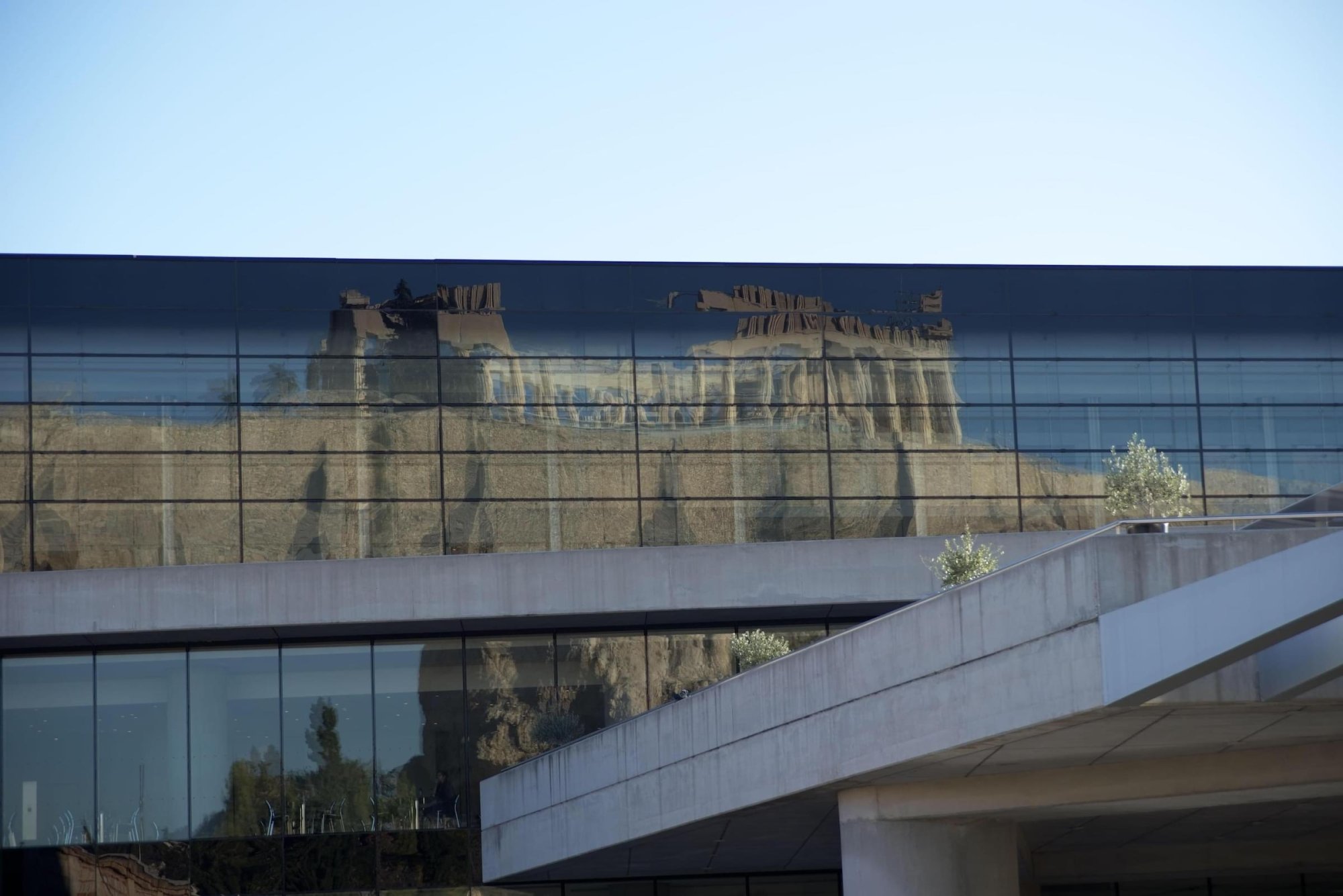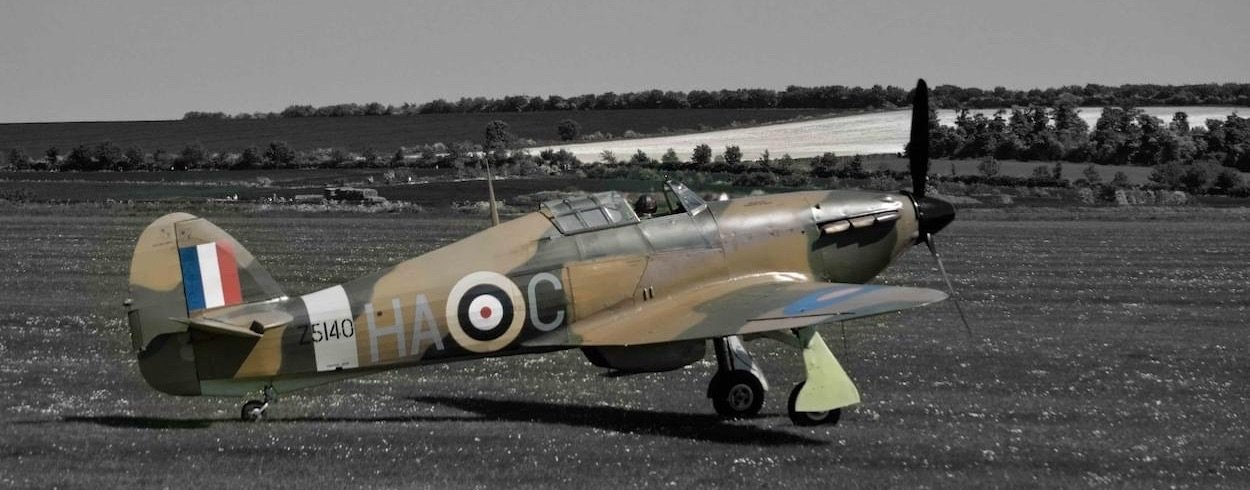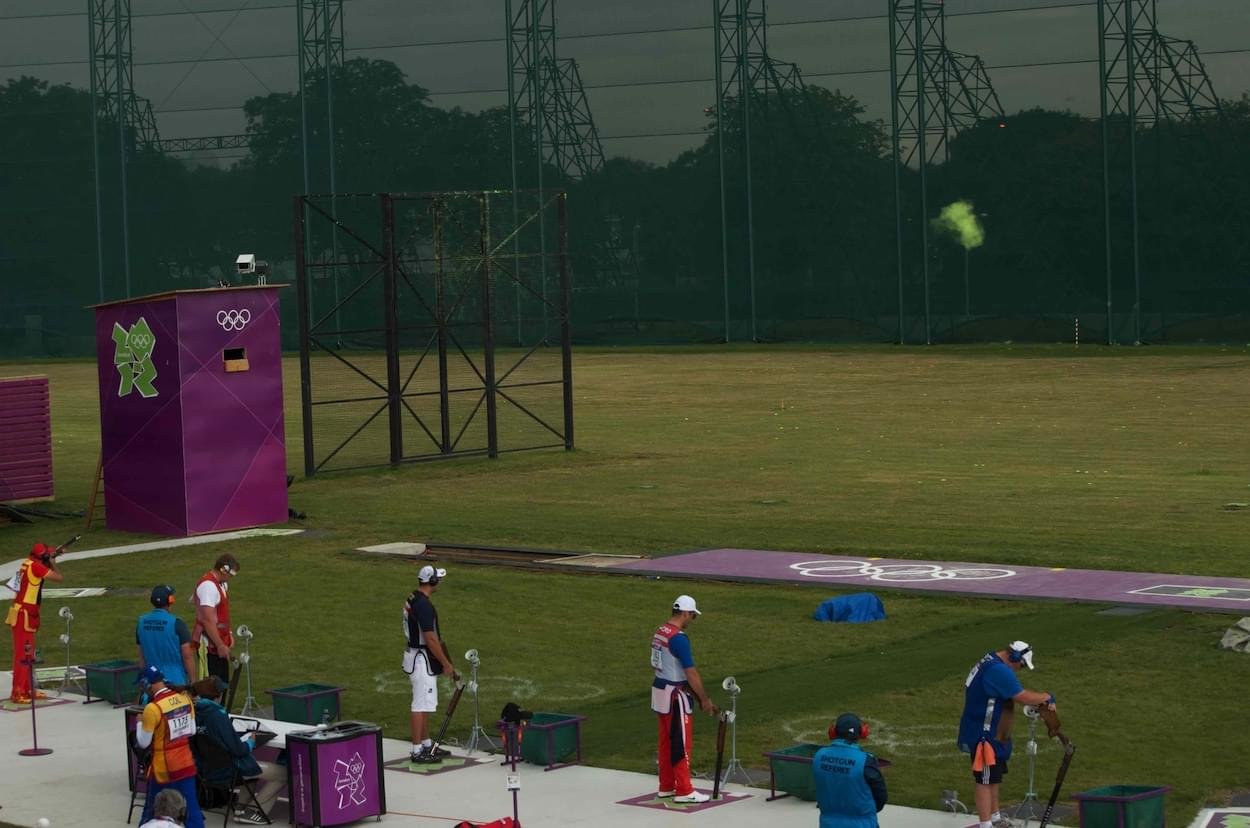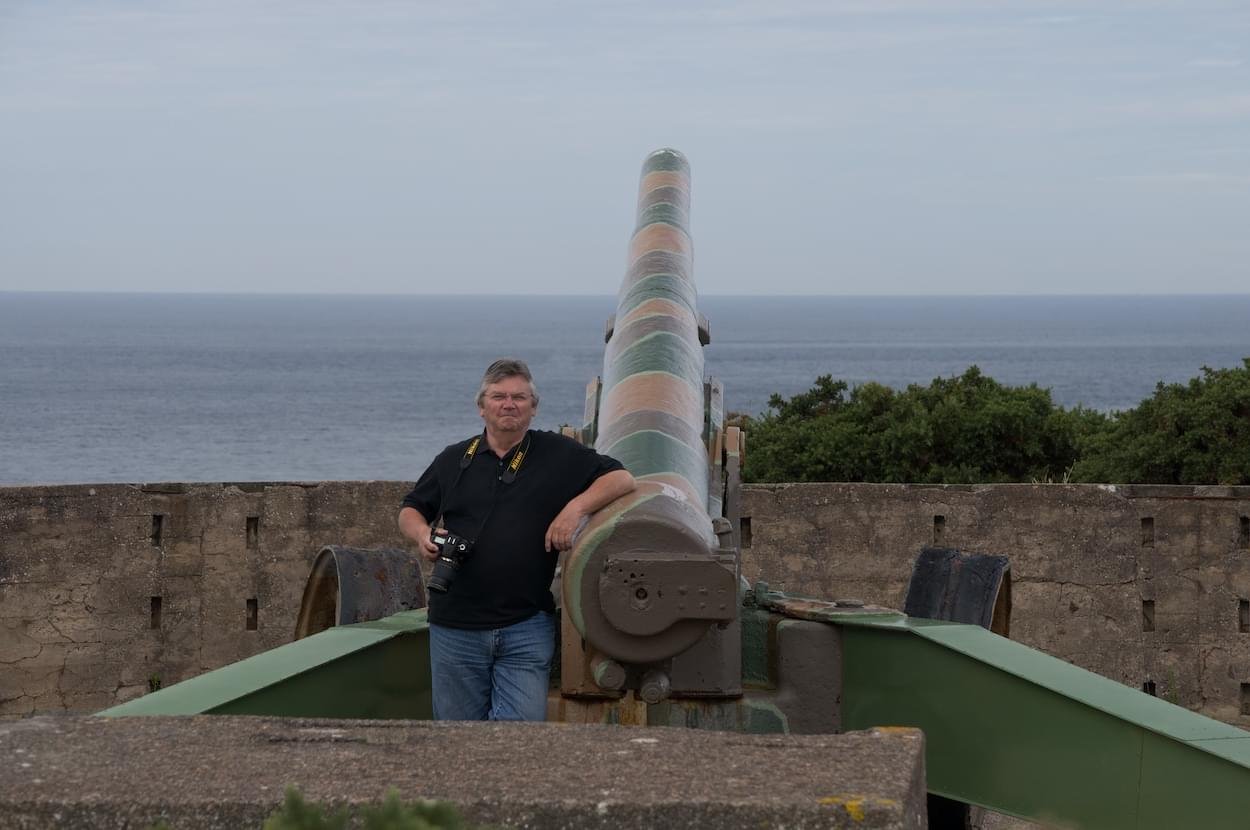Request Service!
My Trip to Athens and older images
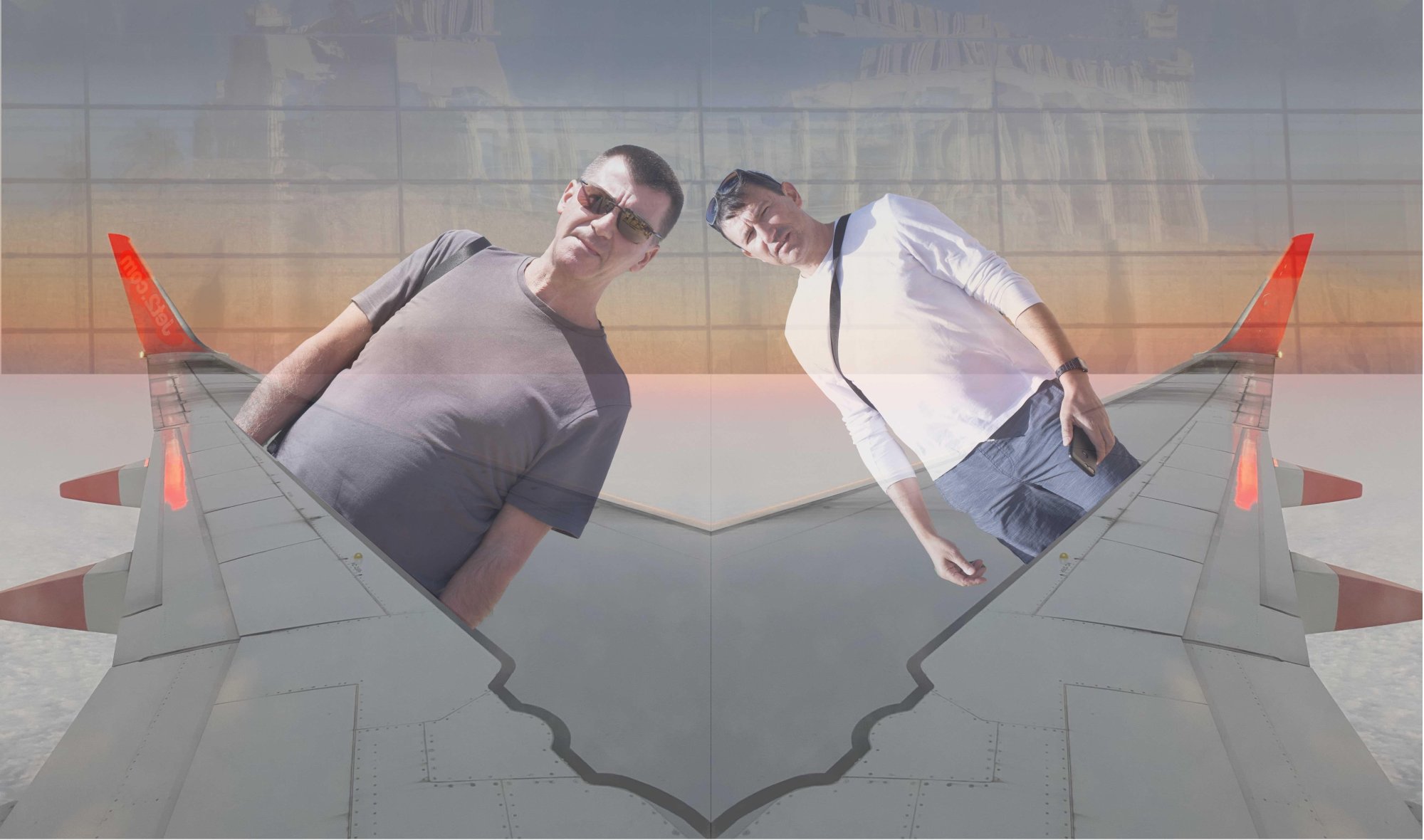
The Academy of Athens:
The Academy is located on Panepistimiou Street, along with the University of Athens and the National Library. Together, they constitute the “Athenian Trilogy”.
It promotes Science, Humanities and Fine Arts and its members are prominent personalities from each field. Being granted membership is considered a great honor.
The Institution is housed in one of the most significant buildings of Athens. It is a great sample of the Neoclassical architectural movement that flourished in the late 19th & early 20th centuries in Athens.
Its designs are by Theophil Hansen and are considered his most important work. Furthermore, many architects and historians argue that this is the most beautiful neoclassical building in the world.
Apart from its interesting architecture, the building has some remarkable sculptures and designs that capture your eye.
The imposing marble building owes its existence to benefactor Simon Sinas, who made a large donation for its construction in 1856. Its architectural plans were created by the revered architect Theophil Hansen.
The foundation stone was laid in a ceremony under King Otto's presence in 1859 and its construction was completed 26 years later (1885). Numerous difficulties occurred in the meantime, including a pause of the construction works in 1868 and the death of Sinas in 1876. The hall was initially named after its founder and was called Sinaia Academy.
In 1887, the praised architect Ernst Ziller, a proxy for the heirs of Sinas, handed the Academy to the Prime Minister of that time, Charilaos Trikoupis. Nonetheless, the institution of the Academy as Sinas envisaged it had not been established yet; it was just the building that was ready.
The Academy that Sinas had envisioned was finally founded in 1926. Ever since, its primary goal has been the cultivation of Fine Arts, Science and Letters and the scientific support of the main branches of the economy.
The building has housed the Numismatic Museum, the Byzantine Museum and the General State Archives throughout its operation.
The building consists of a central section and two wings. It features characteristics of the Ionic order.
Awe-inspiring is the sculptural decoration of the pediment, depicting the birth of the goddess Athena. Karl Rahl, a renowned Austrian painter, designed it, while the eminent Greek sculptor Leonidas Drosis created it.
Drosis also crafted the two imposing statues standing atop the two high Ionic columns in the forecourt of the entrance. The left is of the goddess Athena Promachos, the protector of the city of Athens in antiquity, holding a shield and a spear, while the right is of the god Apollo Citharode, the protector of arts and the light, holding a lyre.
Additionally, two statues of Greek philosophers are situated on the two sides of the stairs leading to the Academy. More specifically, a statue of Plato stands on the left side and a statue of Socrates on the right side. Both philosophers are sculptured seated. Plato is presented holding a pen and a parchment with his gaze directed to the viewer. Socrates, on the other hand, is depicted in a contemplation posture.
The Austrian painter Christian Griepenkerl
Was the artist who decorated the hall. The work consists of the depiction of eight scenes from Greek mythology, and, more specifically, the story of Prometheus Bound, as described by Aeschylus.
First Scene: Themis, Prometheus' mother, prophasies the theft of fire and the suffering of her son
Second Scene: Prometheus on his way to take the light and fire from the sun with the help of Athena
Third Scene: Prometheus creates the human and attempts to animate him via fire
Fourth Scene: The Titanomachy and the victory of the Olympian Gods over the Titans
Fifth Scene: Prometheus offers fire to humans
Sixth Scene: Prometheus tied to Mount Caucasus with the eagle devouring his liver
Seventh Scene: Hercules looses the bonds of Prometheus and sets him free
Eighth Scene: Hercules takes Prometheus to Olympus and the gods greet him
The indoor spaces are not open to the public. Visits can be arranged after contacting the Academy and getting the corresponding permission..
No Posts Found
Each post relates to Photos taken here in uk as well as aboard
Photography
has opened up not just one but many new worlds for me, having started over 25 years ago with scenes of everyday life, people and things. Photography can reveal so many things about our world that you may never have imagined before, words can only attempt to describe the endless scope for capturing the real beauty of our world but photography gives it life. Your website can be well ahead of the crowd with superior photography.
I have enjoyed taking photographs in many places and situations, from walking along river banks around London to Wales, the Lake District, Scotland and abroad. My 25 years of experience can work for you and generate some very special photography for your website that few others could equal.
Whether it is products, your services, models, people, landscapes, animals or nature, a professional touch will really stand out from the rest. To give you the very best results for your website that cutting-edge equipment can do, we have every kind of lens from wide-angle to long-distance.
Having attended several Nikon courses in London, primarily in the use of the cameras I use, I have acquired a wealth of technical knowledge that makes the production of your website easier and less time-consuming.
We do not just press a button and take lots of photos, we plan every picture before taking it which can save hours of editing. Using NEF format retains all data, and can easily be converted to any required format.
When editing, the right background is essential, so choosing a good location for a specific impact is important. Standing up to take a photo is good, but to create an effect, kneeling or laying down can give a much-improved perspective. Specific focus can alter the whole view of an image.
